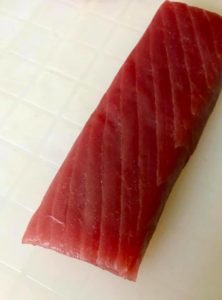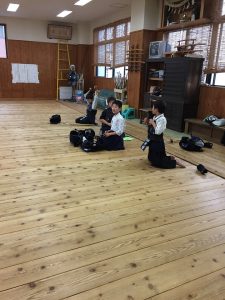 The most exclusive branded stores in Tokyo are located in the shopping area Ginza.
The most exclusive branded stores in Tokyo are located in the shopping area Ginza.
In Ginza you will find all the famous exclusive brands such as Prada, Louis Vuitton, Burberry, Chanel, Gucci and many more.
The stores in Ginza stand out from other shopping areas in Tokyo.
The competition for the Japanese customers is very fierce. The French and Italian fashion houses have chosen to design the storefront in order to have their own beautiful and unique look to attract customers.
The fashion houses in the shopping area Ginza are located in large buildings that are on several floors. Most fashion houses sell collections within clothing, shoes, bags and accessories.
The shopping area Ginza is definitely worth a visit.
Read more about Sushi chef & sake sommelier Zoë Escher
_
Zoë has held sushi courses and cooking classes for A. P. Moller – Maersk, Hugo Boss Nordic, Novo Nordisk, Novartis, Velux, Gorrissen Federspiel, Beierholm revision, Elbek & Vejrup and many more.










